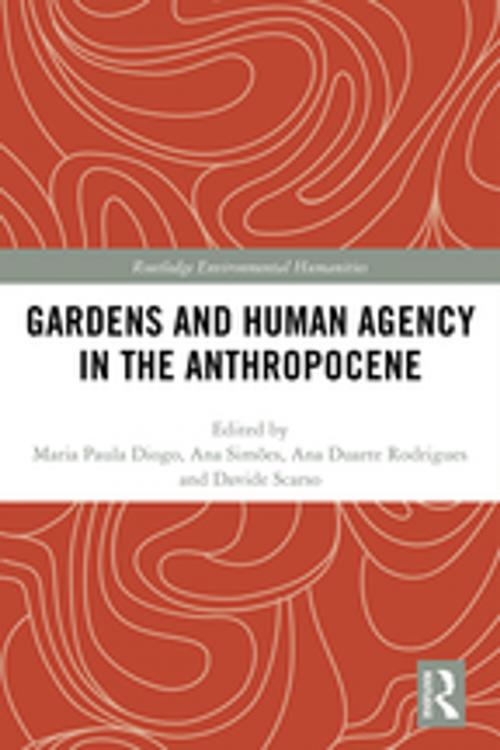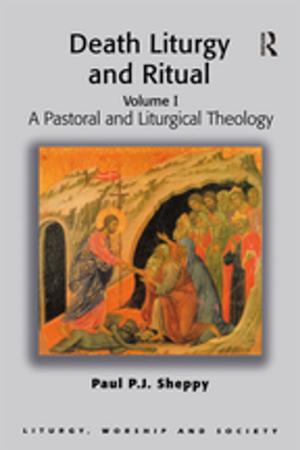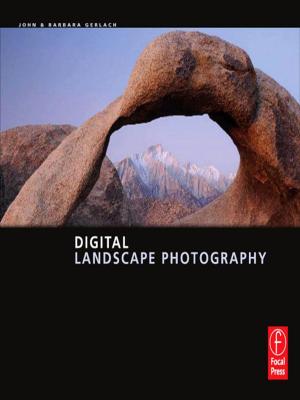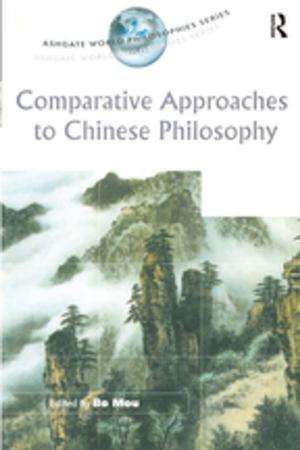Gardens and Human Agency in the Anthropocene
Nonfiction, Science & Nature, Nature, Environment, Ecology, History| Author: | ISBN: | 9781351170222 | |
| Publisher: | Taylor and Francis | Publication: | April 26, 2019 |
| Imprint: | Routledge | Language: | English |
| Author: | |
| ISBN: | 9781351170222 |
| Publisher: | Taylor and Francis |
| Publication: | April 26, 2019 |
| Imprint: | Routledge |
| Language: | English |
This volume discusses gardens as designed landscapes of mediation between nature and culture, embodying different levels of human control over wilderness, defining specific rules for this confrontation and staging different forms of human dominance.
The contributing authors focus on ways of rethinking the garden and its role in contemporary society, using it as a crossover platform between nature, science and technology. Drawing upon their diverse fields of research, including History of Science and Technology, Environmental Studies, Gardens and Landscape Studies, Urban Studies, and Visual and Artistic Studies, the authors unveil various entanglements woven in the past between nature and culture, and probe the potential of alternative epistemologies to escape the predicament of fatalistic dystopias that often revolve around the Anthropocene debate.
This book will be of great interest to those studying environmental and landscape history, the history of science and technology, historical geography, and the environmental humanities.
This volume discusses gardens as designed landscapes of mediation between nature and culture, embodying different levels of human control over wilderness, defining specific rules for this confrontation and staging different forms of human dominance.
The contributing authors focus on ways of rethinking the garden and its role in contemporary society, using it as a crossover platform between nature, science and technology. Drawing upon their diverse fields of research, including History of Science and Technology, Environmental Studies, Gardens and Landscape Studies, Urban Studies, and Visual and Artistic Studies, the authors unveil various entanglements woven in the past between nature and culture, and probe the potential of alternative epistemologies to escape the predicament of fatalistic dystopias that often revolve around the Anthropocene debate.
This book will be of great interest to those studying environmental and landscape history, the history of science and technology, historical geography, and the environmental humanities.















